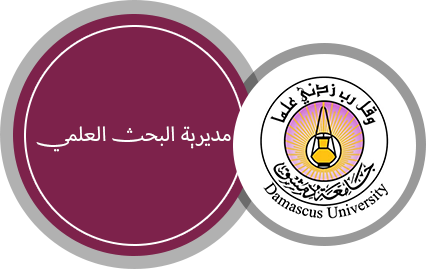| Title |
Evaluation of nutritional, phytochemical, and mineral composition of selected medicinal plants for therapeutic uses from cold desert of western himalaya |
| Authors |
Radha, School of Biological and Environmental Sciences, Shoolini University of Biotechnology and Management Sciences, Solan, 173229, India; Kumar, M., Chemical and Biochemical Processing Division, ICAR-Central Institute for Research on Cotton Technology, Mumbai, 400019, India; Puri, S., School of Biological and Environmental Sciences, Shoolini University of Biotechnology and Management Sciences, Solan, 173229, India; Pundir, A., School of Mechanical and Civil Engineering, Shoolini University of Biotechnology and Management Sciences, Solan, 173229, India; Bangar, S.P., Department of Food, Nutrition and Packaging Sciences, Clemson University, Clemson, SC 29634, United States; Changan, S., Division of Crop Physiology, Biochemistry and Post-Harvest Technology, ICAR—Central Potato Research Institute, Shimla, 171001, India; Choudhary, P., Agricultural Structure and Environment Control, ICAR—Central Institute of Post-Harvest Engineering and Technology, Ludhiana, 141004, India; Parameswari, E., Department of Environmental Sciences, Tamil Nadu Agricultural University, Coimbatore, 641003, India; Alhariri, A., Faculty of Agriculture, Damascus University, Damascus, 30621, Syrian Arab Republic; Samota, M.K., HCP Division, ICAR—Central Institute of Post-Harvest Engineering and Technology, Abohar, 152116, India; Damale, R.D., ICAR—National Research Centre on Pomegranate, Solapur, 413255, India; Singh, S., Bhatnagar University, Institute of Chemical Engineering and Technology, Panjab University, Chandigarh, 160014, India; Berwal, M.K., Division of Crop improvement, ICAR—Central Institute for Arid Horticulture, Bikaner, 334006, India; Dhumal, S., Division of Horticulture, RCSM College of Agriculture, Kolhapur, 416004, India; Bhoite, A.G., Department of Agricultural Botany, RCSM College of Agriculture, Kolhapur, 416004, India; Senapathy, M., Department of Rural Development and Agricultural Extension, College of Agriculture, Wolaita Sodo University, Wolaita Sodo, 251-92, Ethiopia; Sharma, A., Department of Food Science and Technology, Dr. Y.S, Parmar University of Horticulture and Forestry, Nauni, 173230, India; Bhushan, B., ICAR—Indian Institute of Maize Research, Ludhiana, 141004, India; Mekhemar, M., Clinic for Conservative Dentistry and Periodontology, School of Dental Medicine, Christian-Albrecht’s University, Kiel, 24105, Germany |
| Source title |
Plants |
| ISSN |
22237747 |
| Q |
Q1 |
| Link |
https://www.scopus.com/inward/record.uri?eid=2-s2.0-85109739908&doi=10.3390%2fplants10071429&partnerID=40&md5=7d2dc454223bd6cf67cc0a932fe5d731 |
| Abstract |
The aim of this study was to determine the elemental and nutritive values of leaf parts of 10 selected wild medicinal plants, Acer pictum, Acer caecium, Betula utilis, Oxalis corniculata, Euphorbia pilosa, Heracleum lanatum, Urtica dioica, Berberis lycium, Berberis asiaticaand, and Quercus ilex, collected from the high hills of the Chitkul range in district Kinnaur, Western Himalaya. The nutritional characteristics of medicinal plant species were analyzed by using muffle furnace and micro-Kjeldahl methods, and the mineral content in plants was analyzed through atomic absorption spectrometry. The highest percentage of used value was reported in Betula utilis (0.42) and the lowest in Quercus ilex (0.17). In this study, it was found that new generations are not much interested in traditional knowledge of ethnomedicinal plants due to modernization in society. Therefore, there is an urgent need to document ethnomedicinal plants along with their phytochemical and minerals analysis in study sites. It was found that rural people in western Himalaya are dependent on wild medicinal plants, and certain steps must be taken to conserve these plants from extinction in the cold desert of Himalayan region. They are an alternative source of medicine because they contain saponin, alkaloid, and flavonoid etc. as well as minerals. The leaves used for analysis possesses good mineral content, such as Na, N, K, P, Zn, Fe, Cu, Mn, Ca, Mg, and S. Hence, in the current study it was observed that medicinal plants are not only used for therapeutic purposes, but they can also be used as nutritional supplements |
|





